Today, there is a growing demand for orthopaedic replacement and rehabilitation devices. Medical parts include artificial joints as well as artificial boards, rods and nails used to repair or strengthen parts of the body that people have damaged following an accident or illness.
With the general increase in human lifespan, more and more elderly people suffer from arthritis and osteoporosis, which leads to the growing demand for orthopaedic replacement devices. The global trend of weight gain and obesity puts more stress on human bones and joints. In addition, the lifestyles of most people are changing, from lack of physical activity to increased sports participation, further increasing the demand for replacement body parts. With the development of emerging economies, more and more people can afford the cost of orthopedic medical devices. According to Global Market Insights, a global research firm, the global orthopedic device market will grow to 50 billion euros ($53 billion) by 2024.
Competition Drives Tool Development
In the highly competitive orthopaedic parts market, five major suppliers account for approximately 85% of the market, with more than 200 other companies competing for the remaining share. Given this intense competition, equipment manufacturers are looking for faster and more economical ways to machine parts.By applying new materials, implants become stronger, lighter, and can last up to 25 years in the human body.
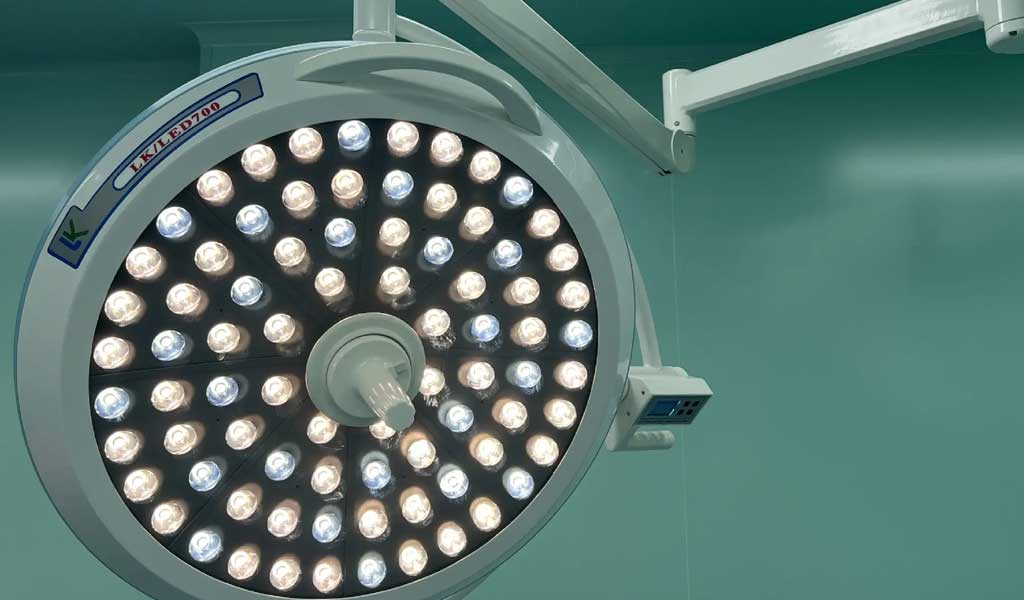
Typical Orthopedic Parts
Orthopedic devices include hip and knee replacement parts, artificial elbow and ankle joints, trauma rehabilitation devices, spinal plates, and a variety of rehabilitation pins, rods, and fasteners. Joint reconstruction devices account for about 40%+ market share, most of which are hip and knee replacements. The key requirements for these parts are strength, reliability, light weight, and biocompatibility.
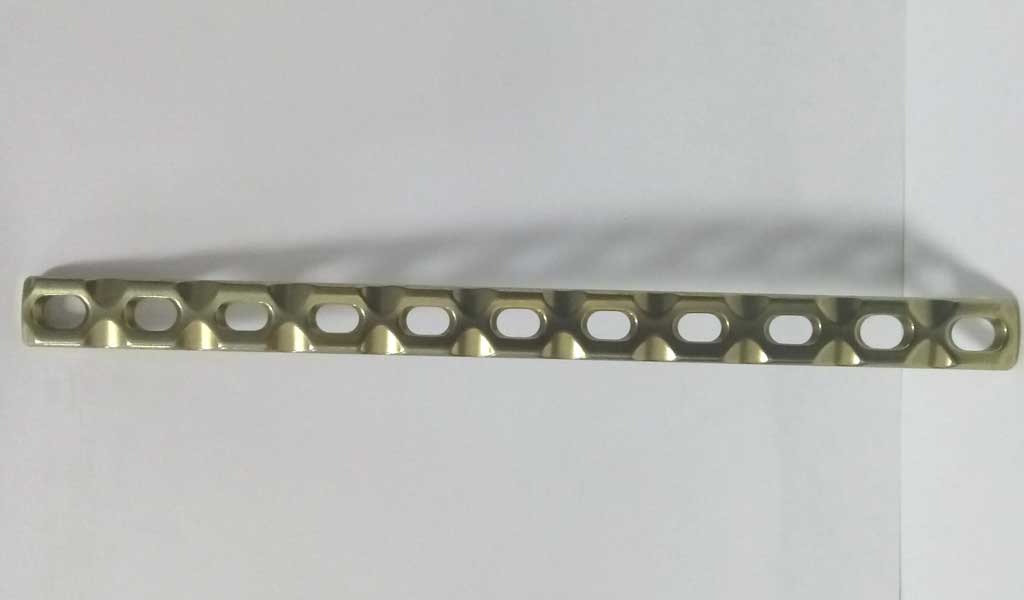
Trauma fixation plate Orthopedic drug implant material
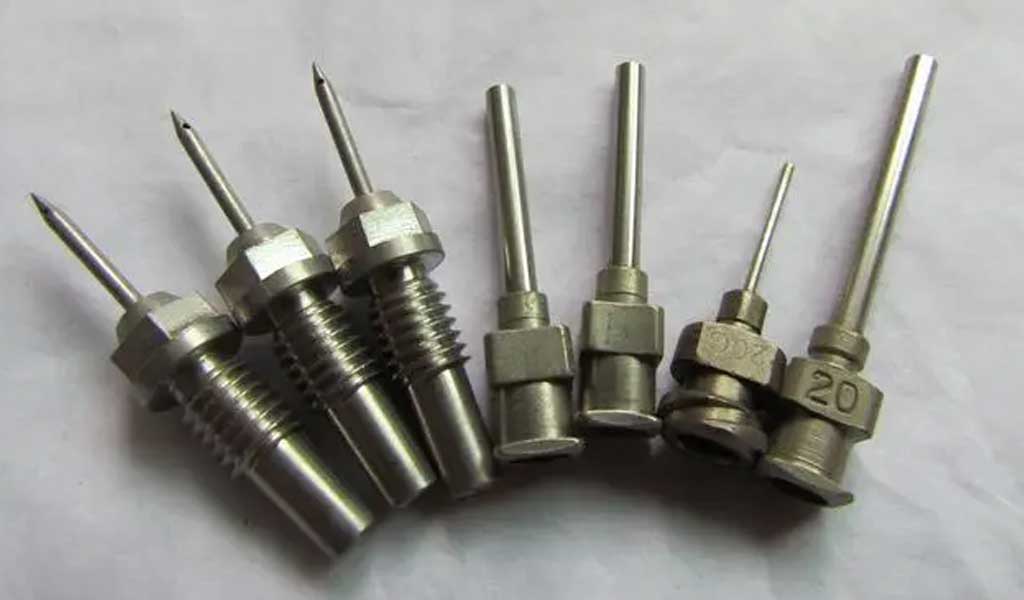
Swiss Machining And Cnc Turning Typical Orthopedic Parts
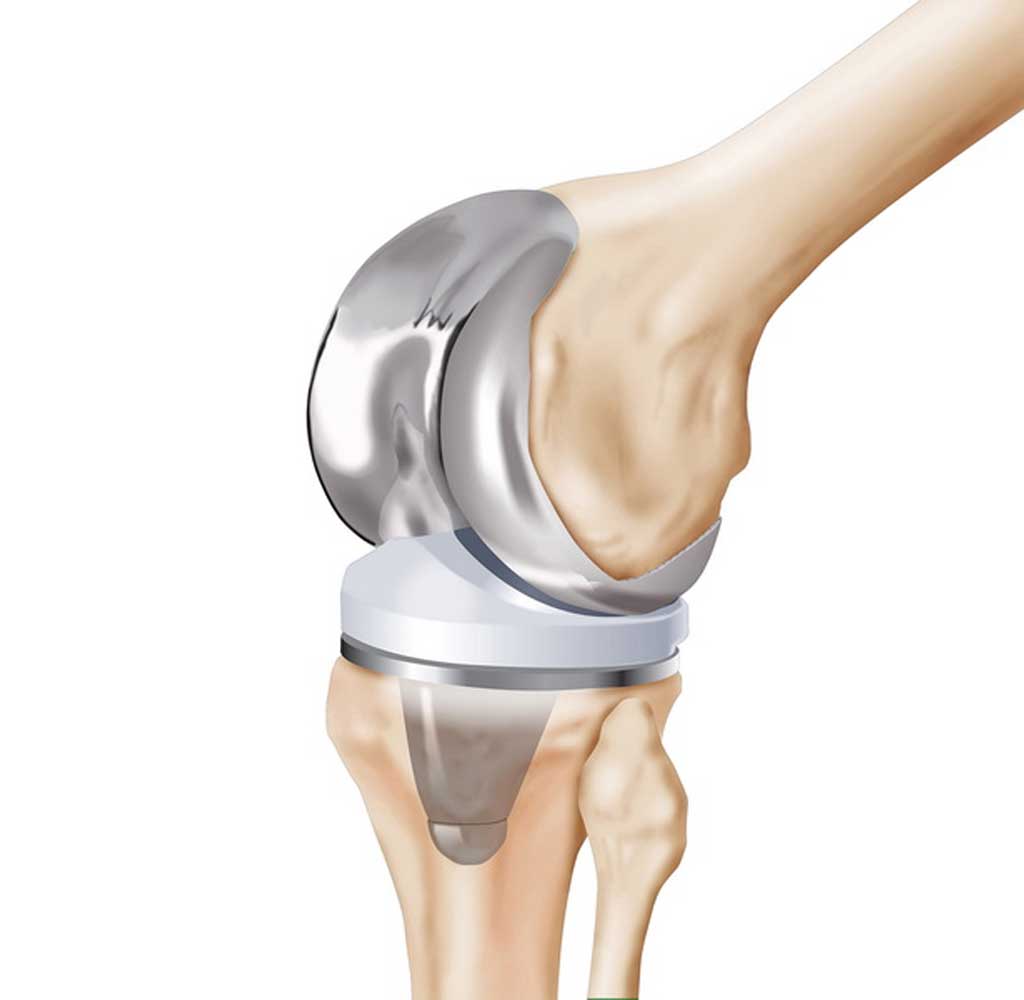
The Machining Challenges Of Orthopedic Parts
Orthopedic parts are typically machined from bars, castings or metal forgings, then ground and polished. For hip and knee implants, the most common workpiece material is cobalt-chromium alloys, but the use of titanium alloys is also growing. Typical cobalt-chromium alloys include CoCr28Mo6, etc., while Ti6Al4V titanium alloy is the most commonly used material.
Both materials are biocompatible and extremely rigid, making them ideal for making orthopaedic parts. However, these same properties also increase the difficulty of machining the alloy. Cobalt-chromium alloys are hard and wear-resistant, have high elasticity, and have poor thermal conductivity. This alloy can contain hard, abrasive components that cause severe tool wear and produce tough, continuous chips, necessitating the use of cutting edge geometries with good chip control.Titanium is light and very strong. It becomes hard during cnc machining and has poor thermal conductivity. Heat is concentrated on the cutting edge and face. High temperature, high cutting forces and high friction in the chip channel can cause crater wear and tool failure.
The material has a low modulus of elasticity, which is beneficial in some implant applications, but the material springs back from the cutting edge during machining, requiring close attention to the sharpness of the tool.
The Coolant Requirements In Machining Orthopedic Parts
The materials used in the machining of orthopedic implants often generate too much heat, requiring the use of coolant. However, there are often extremely strict restrictions on the use of conventional coolants to prevent contamination of parts. And after machining, conventional coolants need to be cleaned, a time-consuming and expensive process.In addition, coolants themselves pose environmental concerns in terms of employee health, safety, and disposal policies. Another cooling technique is dry cutting with supercritical carbon dioxide (scCo2). This supercritical scCo2 acts as a medium, delivering a dry, powerful lubricant to the cutting zone.
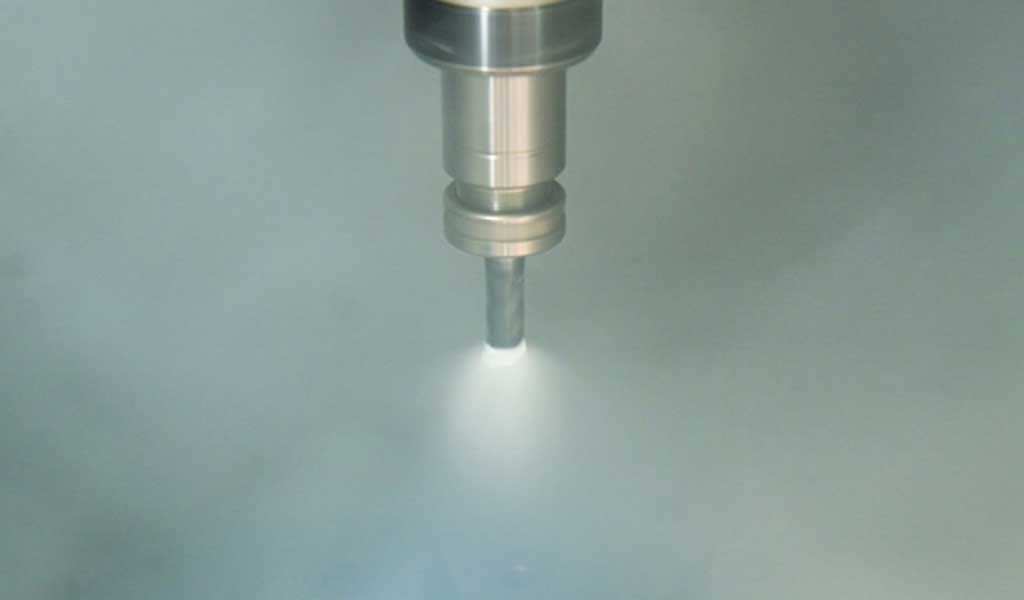
With the advent of fusion cooling systems, parts can be machined without the use of oils, emulsions or synthetic fluids. When carbon dioxide is pressurized above 74 bar (1,070 psi) at 31 C, it becomes a supercritical fluid. In this state, it will fill the container like a gas, but with a density similar to that of a liquid. While not creating cryogenic substances like liquid nitrogen, supercritical carbon dioxide expands and forms dry ice when delivered to the cutting area. As a result, the new coolant solution offers higher cooling efficiency than existing systems using high pressure water/oil, minimal quantity lubrication (MQL), liquid carbon dioxide and liquid nitrogen.
3D Printed Orthopedic Parts
Another non-traditional manufacturing technique that is increasingly common in the production of orthopedic devices is 3D printing, which uses titanium and cobalt-chromium alloy powders to produce complex, near-net-shape parts. In the medical industry, selective laser melting (SLM) technology is used to melt powders and build parts layer by layer. The process allows medical device manufacturers to customize parts with special contours and sizes for patients. In addition, a uniform microporous surface can be produced, thereby accelerating the bonding of the part to the human skeleton. For finishing, the 3D printed part retains most of the machining properties of the metal from which it is made. However, such parts may have to undergo post-print processing to relieve uneven stresses created during cncmachining.Additionally, later in machining, part clamping can be a challenge as the part is near net shape and has complex contours.
Replacement Orthopedic Parts
A total knee replacement usually consists of three basic parts: One is a contoured metal (cobalt-chromium or titanium) part called the femoral part, which attaches to the end of the knee in the femur (thighbone). One is a metal part called a tibial tray, which is attached to the top of the shinbone of the lower leg and consists of a short shaft or keel that supports a flat surface with raised edges. The last is a plastic bearing insert between the metal parts that allows the joint to move freely.
Likewise, hip replacements consist of three main parts: One is a metal stem with a femoral cap or head at the top, which is inserted into the top or buttocks end of the femur. One is a metal acetabular cup or ball and socket set that is placed in the pelvis. New alinea bearing inserts in knee joints and plastic cups in hip joints are often machined from UHMWPE (Ultra High Molecular Weight Polyethylene).
Combined Manufacturing Method For Orthopedic Parts
Metal alloy parts for orthopaedic implants must have an excellent surface finish, which not only helps minimize wear on plastic parts, but also allows joint life expectancy of 20 years or more. In knee replacements, for example, the femoral component and tibial tray must be absolutely smooth to protect the plastic bearing inserts from wear.
Therefore, the manufacture of orthopaedic components often requires milling to be followed by grinding to achieve a sufficiently fine finish. However, the grinding process is time-consuming and affects overall manufacturing efficiency and flexibility. In addition, the grinding process creates high temperatures and stresses on the base part, causing dimensional errors in the part and affecting the strength and performance of the part.
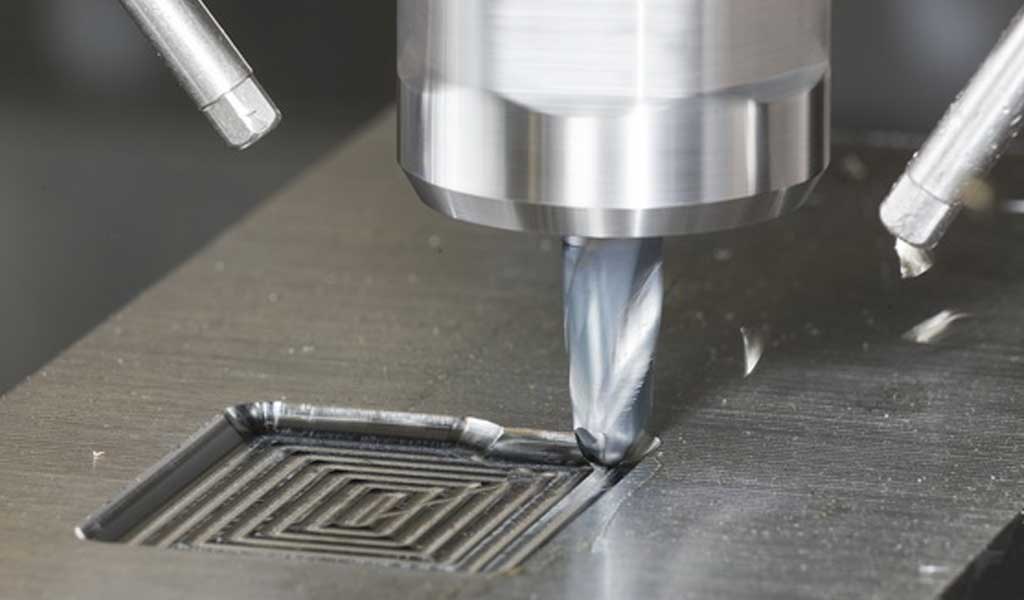
Often, advanced cutting tools and high-speed milling strategies can improve, or in some cases replace, grinding. The purpose of milling is to produce a burr-free profile and an excellent surface finish with the specific desired surface quality, integrity and dimensional accuracy. Since the defined surface roughness and structure are already achieved during the milling process, the time for post-processing processes such as polishing, if any, can be minimized. In terms of tools, the same pursuit of long and reliable tool life and maximum productivity.
A typical application is the machining of femoral parts made of investment casting cobalt-chromium alloy with a ball nose end mill on a 5-axis milling machine. High-speed copy milling strategies and high-performance end mills eliminate the grinding process. As a result, the cycle time per part was 11 minutes, a 50% reduction over the previous method. By changing the machining of the condyle surfaces from grinding to milling, the generation of scrap can be eliminated. Solid carbide end mills feature a specialized carbide grade with a hard, polished TiAlSiN coating to ensure excellent metal removal rates and smooth cuts, resulting in a top-notch surface finish and minimal polishing time.
Multiple Machining Operations For Orthopedic Parts
The complex contours of orthopedic parts often require the use of a specific range of specialized tools. For example, a tibial tray involves seven machining operations, including roughing, base roughing, base finishing, chamfer milling, T-slot undercutting, sidewall finishing/chamfering, and undercut deburring. Excellent surface quality and reliable tool performance are required with minimal manual intervention, ensuring optimum productivity, lowest cost and highest quality.
In the past, performing these multiple operations required the use of special tools to achieve each desired profile, size and surface finish. Special tools require significant design and development time and expense, and due to lower volumes, lead times may be extended and availability may be limited.
The new approach is to develop and use standardized tools that can be produced efficiently in these applications, and which must also remain flexible enough to be used to machine other similar parts in the orthopedic industry.
In Conclusion And Medical Machining In BE-CU Rapid Prototyping Shop
Global population and economic growth trends indicate that the demand for complex orthopaedic components will continue to grow. At the same time, consumer expectations and the determination of medical parts manufacturers to win the competition have combined to drive the development of personalized orthopaedic parts to meet the unique needs of different patients. Surprisingly, different part specificities can be achieved by using standardized tools that are more flexible and cost-effective than custom tools previously used to produce such parts.
Some design details of orthopaedic devices vary widely between manufacturers, but the products also share many commonalities, as all human anatomy is essentially the same. While manufacturers have traditionally used custom tools to machine these parts, there is now a broad and effective common base on which tools can be built to efficiently machine some common components in a variety of materials. In the past, this required the manufacture of a complete line of custom knives.
BE-CU rapid prototyping shop closely analyzes the manufacturing process of medical parts, and uses more than ten years of medical parts machining experience to select a series of standardized end mills that can process cobalt-chromium alloy orthopedic parts and provide medical machining services, including many years of 3D Printing technology, it can be widely used in the machining of various parts and materials.